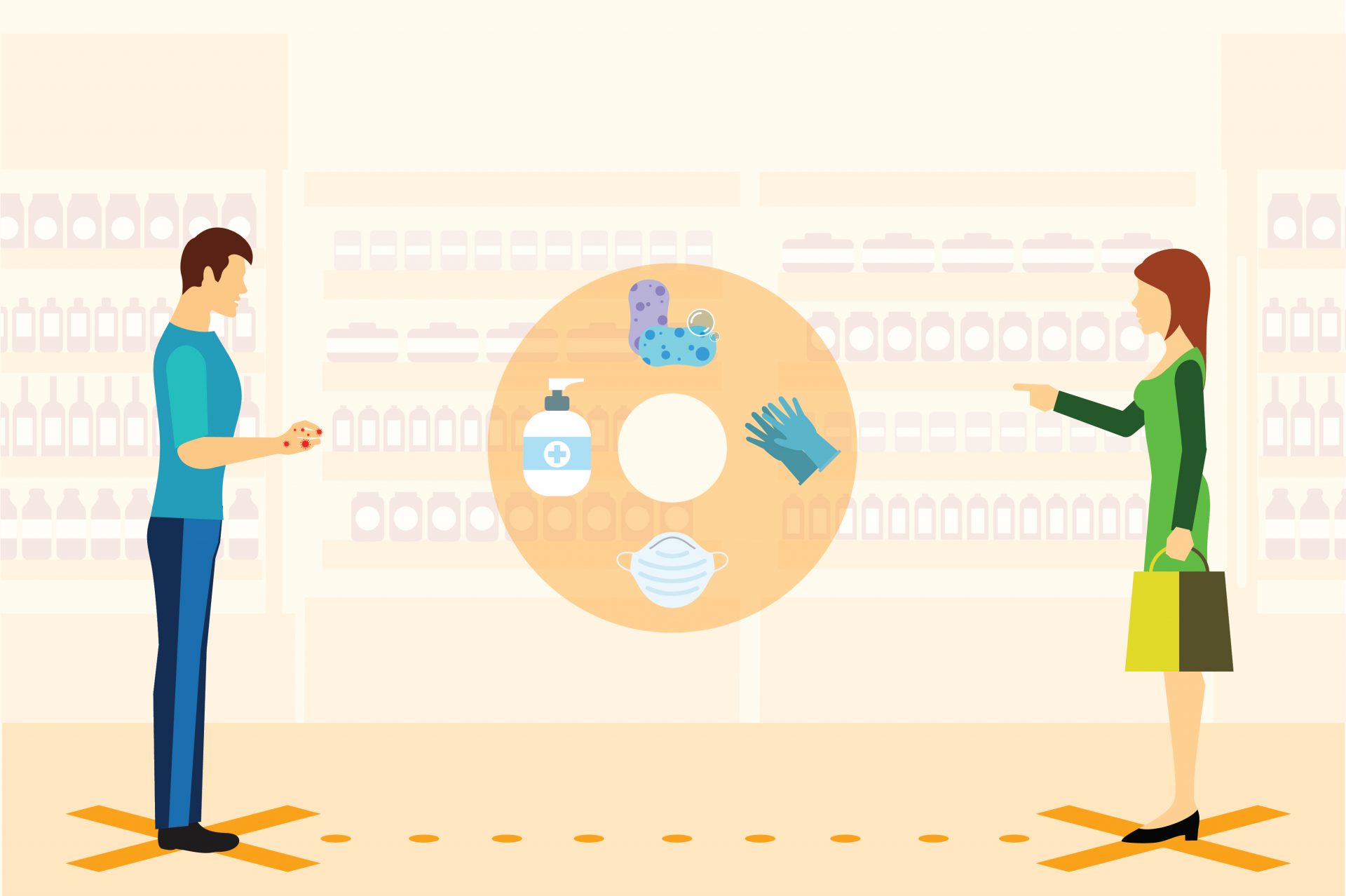The Importance of Physical Distancing
In response to the Covid-19 pandemic, theWorld Health Organisation (WHO) and governments around the world are enforcing physical distancing to prevent further spread of the virus. But what is physical distancing, and why is it important?
What is physical distancing?
Physical distancing is a practice that can helpstop the spread of a contagious virus by maintaining a physical distance between each other, thus minimising any form of close contact. These include reducing social catchups, events and activities to limit the spread of the virus.
Is it the same as social distancing?
Governments globally use physical distancing and social distancing interchangeably, but they mean the same thing. While everyone should be physically distant, it is important to stay socially connected virtually.
Is it the key to containing COVID-19?
COVID-19 can spread through contact with the droplets of an infected person’s coughs or sneezes, and touching contaminated surfaces and then touching your face. Minimising close contact with others through physical distancing, and practicing good hygiene, such as washing your hands is very effective in reducing the spread of the virus as evidenced frompast contagious pandemics.
How is it like in Australia and around the world
Australian Prime Minister, Scott Morrison has announcedtighter restrictions on physical distancing, with a two-person limit in public gatherings enforced by respective state police. Physical distancing measures are ramping up globally, to reduce close contact and avoid community transmission. These include cancellation of large events, closure of schools, and ordering employees to work from home.
By doing so we can protect others around us from catching the virus. Unless there is an essential reason for going out such as getting groceries or seeing a doctor, everyone is encouraged to stay home.
Here are some of the Do’s and Don’ts of physical distancing:
Do’s
Stay home – Only head out for necessities such as food, essential supplies and medical care. Work and study from home if possible.
Keep a distance – Ensure a 1.5-metre distance between yourself and others when outdoors. If an elevator has more than one person, use the next one.
Be hygienic – Wash your hands with warm water and soap for at least 20 seconds, or use an alcohol-based hand sanitiser. Clean surfaces you come into contact with outside (i.e. tables, doorknobs, taps) before and after coming into contact with them.
Stay connected via technology – Reach out to friends, family and colleagues that you usually speak with. Use video chat and text messaging to know how they are doing.
Don’ts
Non-essential appointments – Delay appointments that put you in close contact with another person, such as massages and manicures.
Physical contact – Avoid shaking hands, pats on the back, hugging or kissing.
Hoard supplies – Buy sufficient essentials and things that you need.
Staying out – Limit time spent outside your home.
Have you been practicing physical distancing? Let us know below!
